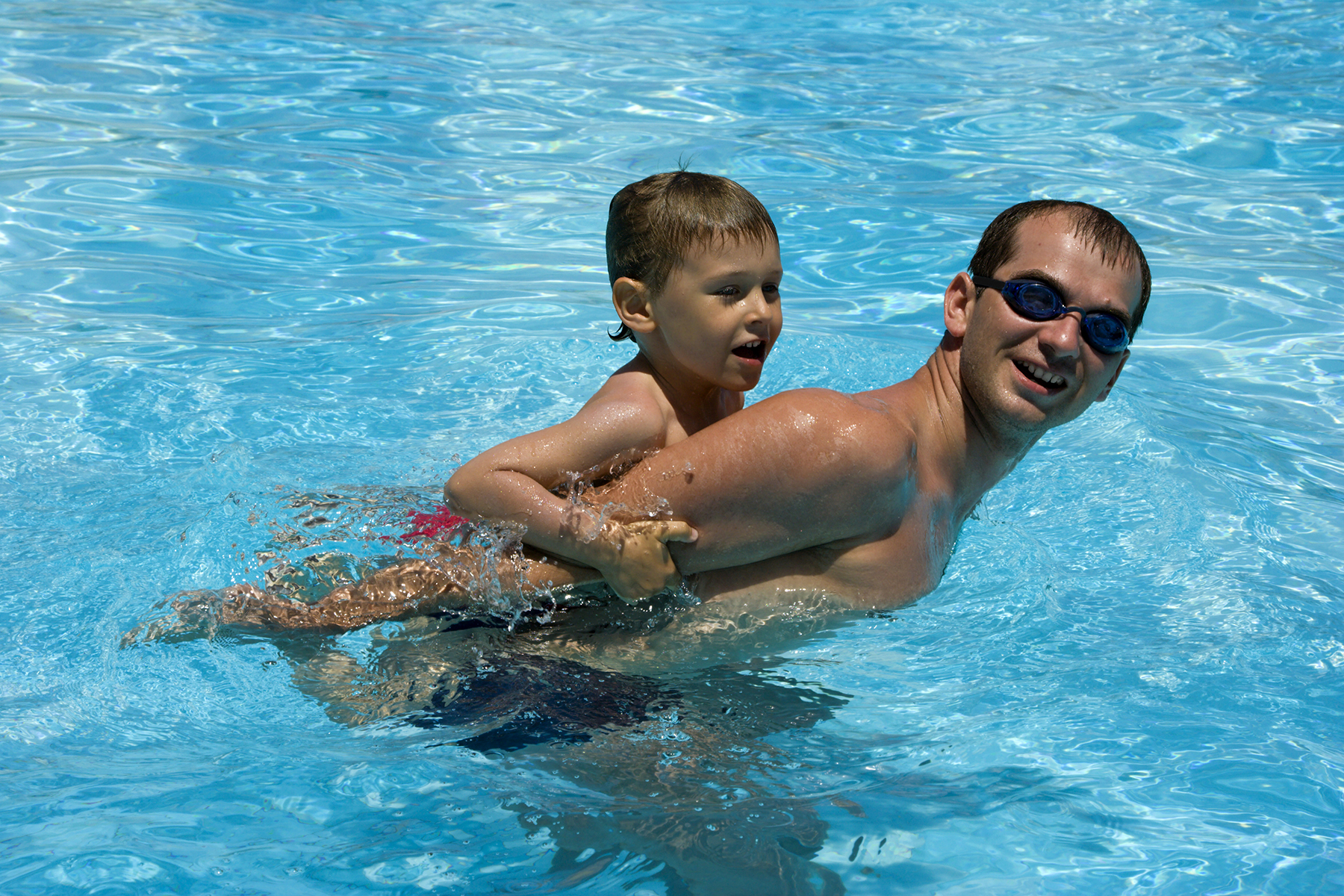Keep Your Kids Cool To Avoid Heatstroke

It’s hot. It’s humid. Your child has acted sluggish before in the heat. But this time it’s different. Is it serious and should you seek help?
Heatstroke is a medical emergency that requires immediate treatment. It is also 100% preventable.
“Infants and children, the elderly, people with chronic medical conditions, athletes, and people who work outdoors or without access to air conditioning are at highest risk,” says Dr. Robert Schwartz, chair of family medicine at the University of Miami Health System. “Heatstroke occurs when your body’s natural ability to regulate core temperature stops working. As you become overheated, your body triggers the perspiration response. But if fluids are not replaced in time, you become overheated.”
Before heatstroke develops, most people will experience heat exhaustion.
Signs include
- Muscle cramping
- Dizziness
- Headache
- Nausea
- Fainting
If you notice any of these signs in your child, go someplace cooler and have them drink water (no sugary or caffeinated beverages). Recovering from heat exhaustion can take 24 to 48 hours.
“If it progresses to heatstroke and is not treated right away, the patient will experience more serious symptoms that may cause permanent damage to vital organs or be fatal,” says Dr. Schwartz. “Call 911 immediately. Move the person to a cooler place, apply a cold compress to the forehead and, if possible, ice packs to the armpits and groin until help arrives.”
It’s an emergency if you experience:
- Strong, rapid pulse
- Shallow breathing
- Hot, red, moist skin
- Muscle weakness or cramps
- Headache
- Inability to sweat, despite the heat
- Delirium/confusion
- Seizures
- Unconsciousness or coma
High heat (above 90° F) and humidity are the number one causes of heat-related illnesses.
Tips to prevent heatstroke:
- Ensure your children drink plenty of water throughout the day — and before they get thirsty.
- Pack their summer lunch boxes with hydrating foods — such as watermelon, oranges, apples, bananas, berries, grapes, grapefruit, tomatoes and carrots. Fruits and vegetables are full of electrolytes, which help maintain fluid balance and keep blood pressure stable.
- Limit outdoor time and activity, especially midday when the sun is hottest. Plan outdoor activities by the forecast. If they do need to go outdoors, make sure they wear a hat and lightweight, light-colored clothing. (And teach them why it is important to keep that hat on!)
- Kids participating in summer sports will experience extra stresses from physical exertion under a hot sun. Have them pack an extra water bottle with ice. If you see a coach not rotating players more often, ask if they can take more breaks under a shady cover.
- Don’t have air conditioning? Your children can stay cool in other ways. Turn a cool bath into a fun activity, apply cold compresses to the back of little necks, or take a field trip to a shopping mall, movie theater, library or air-conditioned community center.
- If an elderly relative or neighbor is babysitting, make sure enough cold drinks are handy, and encourage them to hydrate throughout the day, too. Together they can even make a game out of it.
The number one rule?
NEVER leave your child or pet alone in a car, even with the windows open — no matter the outside temperature.
Updated by John Senall, contributing writer for UMiami Health News
Tags: heatstroke, Robert Schwartz
